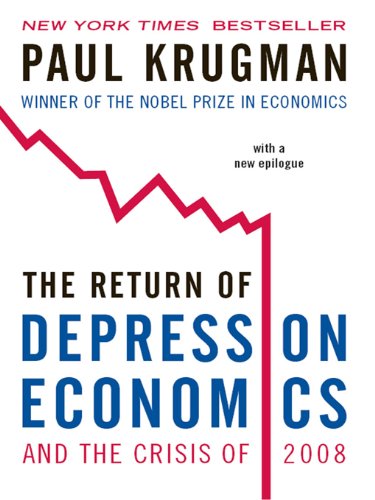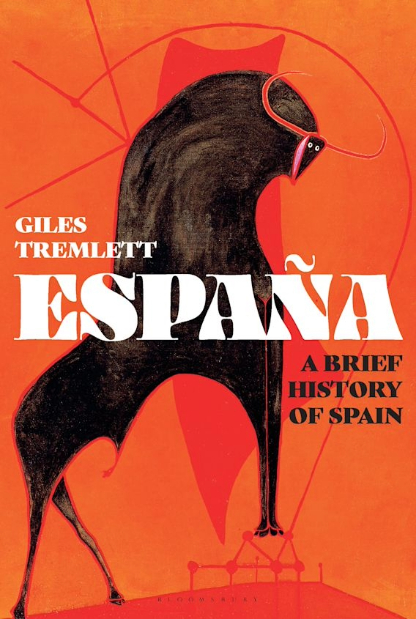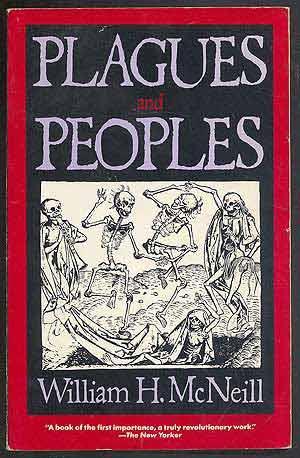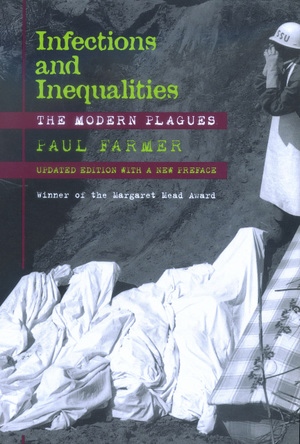The Great Acceleration: An Environmental History of the Anthropocene Since 1945, J. R. McNeill and Peter Engelke, Harvard University Press, 2014, pp. 275, $19.95, ISBN 9780674545038
There is hardly anyone who has not heard of the word Anthropocene. Officially,
Anthropocene has become a buzzword since Paul Crutzen, a Dutch chemist,
popularized it in the early 2000s. The term suggests that the Earth has left
the current geological epoch, known as the Holocene and that the human forces
and activities have become so pervasive and profound that they have come to
dominate the forces of nature. By supplanting the natural processes,
Anthropocene has pushed the Earth into the unknown.
The history of the Earth is divided into a hierarchy of time intervals: eons, eras, periods, epochs, ages. Presently, we live in the Quaternary, which began 2.6 million years ago, part of the Cenozoic era, which dates back 65 million years. Most recently, we were in the Holocene epoch, begun 11700 years ago. As is seen, geological time scales provide a clear date of the beginning of an era, period or epoch. They reflect major changes in the conditions of life on Earth, be it extinctions or ice ages. But when did the Anthropocene start? Anthropos, a Greek word meaning human, would suggest that the advent of humanity is the beginning of the epoch. The International Commission on Stratigraphy, the body tasked with defining geological time, states that to be accepted as a formal term, Anthropocene needs to be “(a) scientifically justified (i.e. the ‘geological signal’ currently being produced in strata now forming must be sufficiently large, clear and distinctive) and (b) useful as a formal term to the scientific community”. The debate raged around point (a), whether it is scientifically useful to communities. However, following the 2016 International Geological Congress held in Cape Town, the working group concluded that “on the basis of the evidence considered so far, and by large majority, we suggest that the Anthropocene possesses geological reality; that it is best considered at epoch/series level (which, if agreed and ratified, would mean that the Holocene has terminated); that it is best-defined beginning in the mid-20th century with the ‘Great Acceleration’ (and thus is not the beginning of detectable or even significant anthropogenic influence); that it should be defined by a GSSP (‘golden spike’) rather than a GSSA; and that – as a consequence – we should proceed towards building a formal proposal to forward for consideration, initially, to the Sub-commission of Quaternary Stratigraphy”.
J. R. McNeill’s and Peter Engelke’s The Great Acceleration takes up the task of providing an empirical basis to this claim. Organized around four chapters: energy and population, climate and biological diversity, cities and the economy, cold war and environmental culture, the book provides environmental history and empirical evidence for the claim that ”the escalation since 1945 has been so fast”.
In energy and population, the authors state that “the creation and spread of fossil fuel society was the most environmentally consequential development of modern times” (p.11). Since 1945, coal had the most widespread impact by bringing changes to land, air, and water. Currently, it is strip mining that accounts for 40% of coal mining worldwide, having been brought on by cheap oil and technology. Oil affected the environment as well. “In the decades after the 1980s, about 30 million tons (or 220 million barrels) of oil dripped into the environment every year” (p.14). The authors document the effects of fossil energy on human health, indigenous population, and the environment. Likewise, the effects of nuclear, hydropower, biodiesel, and solar energy are analyzed. Population boom and migration from rural to urban areas are equated with the requirement to lead energy-intensive lives.
The origins of climate science are to be found in the Cold War-driven exploration of polar regions. For example, the US drilled the first ice core in the late 1950s, for military reasons, while the Soviets did the same in Vostok. The by-product of these was the access to air pockets dating back several hundreds of years, giving the scientists the opportunity to reconstruct historical climate patterns. Thus the very origin of climate science is to be found in politics. The authors mention the Montreal Protocol of 1987 to be the point where science and politics fused, giving rise to the Intergovernmental Panel on Climate Change and the first Earth Summit in Rio in 1992. However, climate politics is rife with divisions, each country pursuing its own interests over the common ones. This led to the break up of numerous talks, among the more significant ones being the Kyoto Protocol. Indeed, as the authors state “in those twenty years, 1995-2015, the total tonnage of global carbon emissions from the energy sector nearly equaled that of all human history prior to 1995”(p.78). This naturally led to interference with different biomes, leading to the loss of biodiversity throughout.
“Cities transform nature” (p.105), state the authors as they proceed to elaborate on a relationship between the city and its surrounding environment. The very anatomy of the City leads to environmental degradation with concrete pavements, for example, interfering with natural water cycles. To speak nothing of the massive amount of waste that is dumped into waterways. “The share of the world population in cities jumped dramatically, from 29 percent in 1950 to slightly more than half in 2015” (p.112). The major aspect of the Anthropocene was that humans now lived in the environments of their own creation. Technology that developed since the Industrial Revolution has allowed for rapid economic growth to fuel rising consumption levels and the development of environmentally unfriendly products, such as plastics. Global plastics production is but an example of the explosion in production levels. Production rose from 50000 tons in 1930 to 6 million in 1960 (p.137). Cities and the economy sustain unsustainable consumption levels and production processes that deplete the health of the environment.
However, as the Great Acceleration marched on, environmental consciousness developed among the population and first environmental movements emerged. With the publication of Rachel Carson’s Silent Spring and the rise of new social movements of the 1960s, environmentalism rose to prominence in affluent societies. However, with the rise of industry capable to reach beyond its domestic borders, another type of environmentalism arose; the so-called “environmentalism of the poor”. Environmentalism of the poor critiqued the environmentalism of the affluent. “Environmentalism in the US and other wealthy countries had been motivated by concerns for idealized and constructed forms of nature such as wilderness…it failed to address the root causes of environmental degradation – namely consumption”(p.191). These movements, as they often do, became institutionalized with governments and supranational organizations attempting to deal with the problems caused by economic and social development.
Overall, the book provides ample empirical evidence that the post-1945 world saw human actions become the driving forces of the Earth system. However abundant the book is in facts, it lacks a cogent argument beyond the fact that something changed post-1945. The reader is left with the general statement that “even if every human immigrated to another planet tomorrow, our impacts of the past few generations will linger for millennia”(p.209-210). The benefit of The Great Acceleration is that it provides the bedrock for more rigorous analysis that can be undertaken in an entirely different book.
In the climate changed world, facts will not suffice. Often we experience and feel them ourselves. What is urgently needed is an incisive analysis outlining its driving forces, and how to prevent further destruction.




